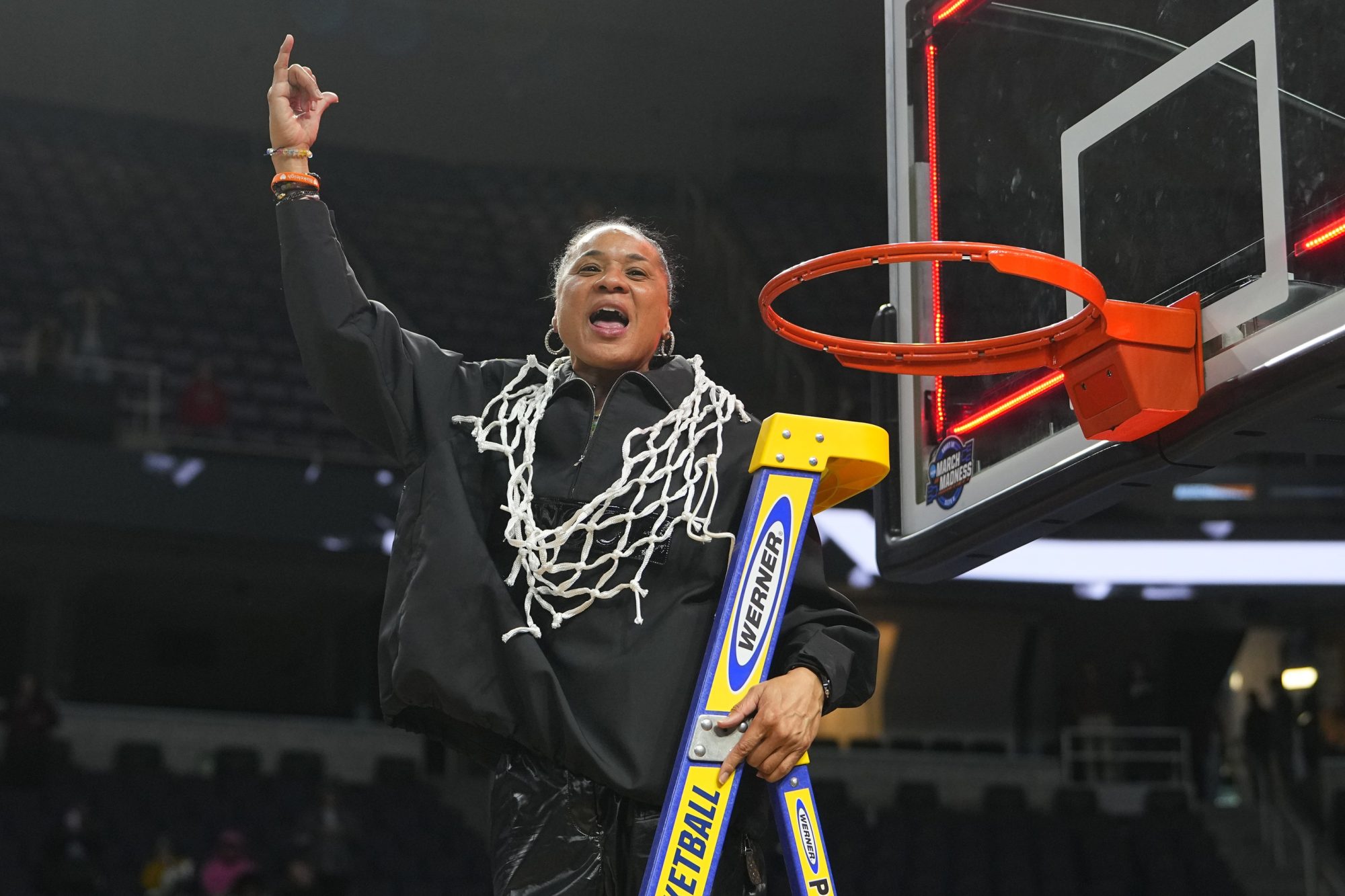NCAA Executive Pushes for Early Review of Women’s Tournament Format Changes
Changes may be on the horizon for women's March Madness as NCAA executive Lynn Holzman expresses support for advancing the review of the tournament format to this summer, instead of next year. The current format, which features games played partially at the highest seed's gym and partially at neutral sites, is under scrutiny for its logistical challenges and the disparities between the men's and women's tournaments. Holzman aims to enhance the championship experience for fans and student-athletes by potentially evolving the format. A gender equity review conducted in 2021 led to a $14 million annual increase in spending on the women's tournament, signaling a commitment to addressing disparities. Issues in this year's tournament, like a mismeasured three-point line and a referee conflict of interest, are deemed by Holzman as not exclusive to the women's side, with assurances of equal treatment for officiating since the 2021 review.
By the Numbers- The NCAA increased spending by $14 million per year on the women's tournament after a gender equity review in 2021.
- Teams were placed about 30 miles away in Idaho due to accommodation issues during this year's tournament.
The potential review of the women's tournament format may encounter resistance from those who prefer the current structure or who anticipate challenges in implementing changes smoothly.
State of Play- Lynn Holzman supports moving up the review of the women's tournament format to this summer, aiming to enhance the championship experience.
- Concerns over logistical challenges and disparities between men's and women's tournaments prompt a potential reevaluation of the current format.
The review of the women's tournament format could lead to significant changes aiming to address disparities, enhance the fan and player experience, and ensure greater gender equity within the NCAA championship structure.
Bottom LineEfforts to review and potentially revamp the women's March Madness tournament format signal a commitment to addressing disparities, improving the tournament experience, and ensuring equal treatment for both men's and women's championships within the NCAA, highlighting a significant step towards greater equality and inclusivity in collegiate sports.
Read more at Front Office Sports
The summary of the linked article was generated with the assistance of artificial intelligence technology from OpenAI



